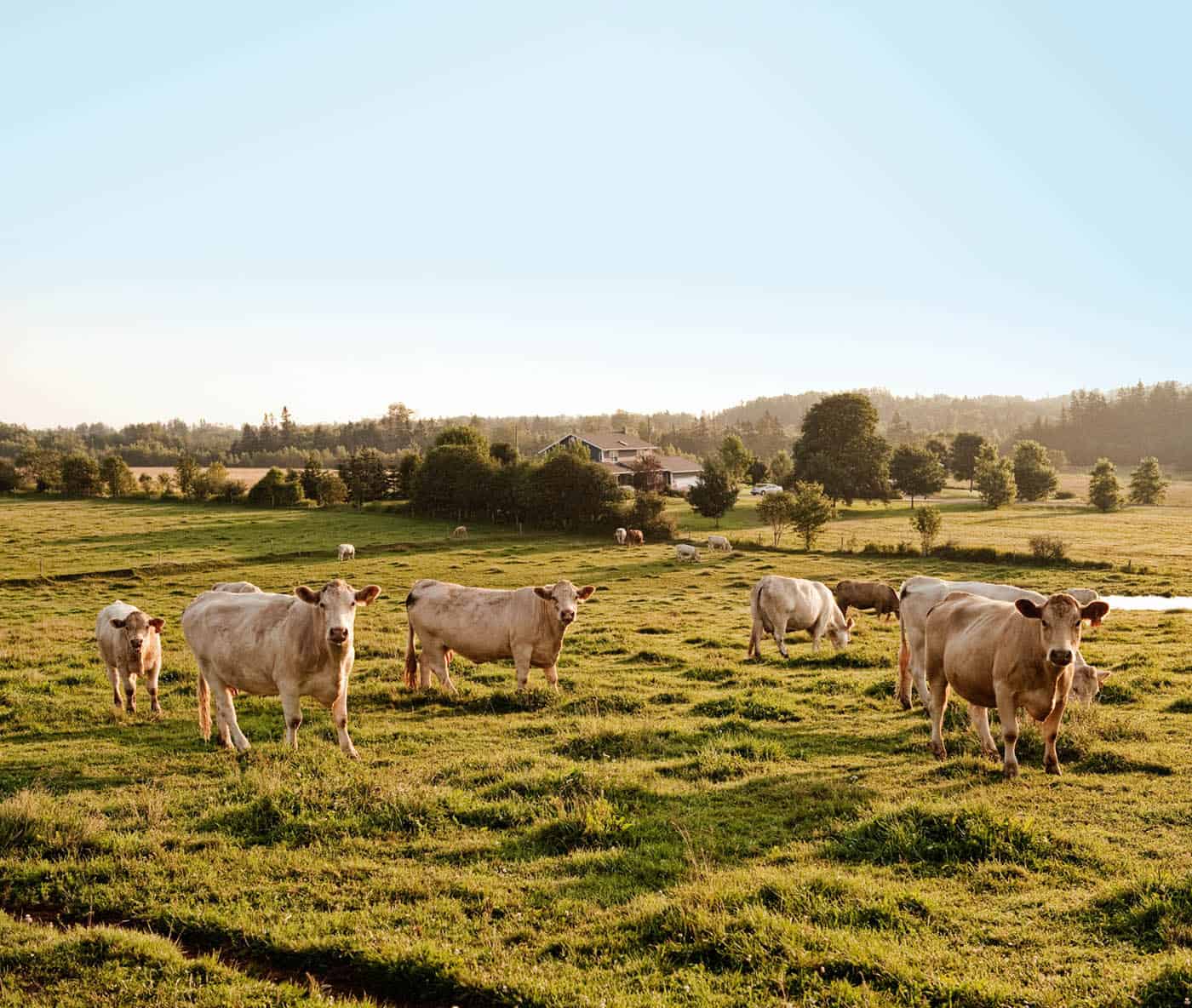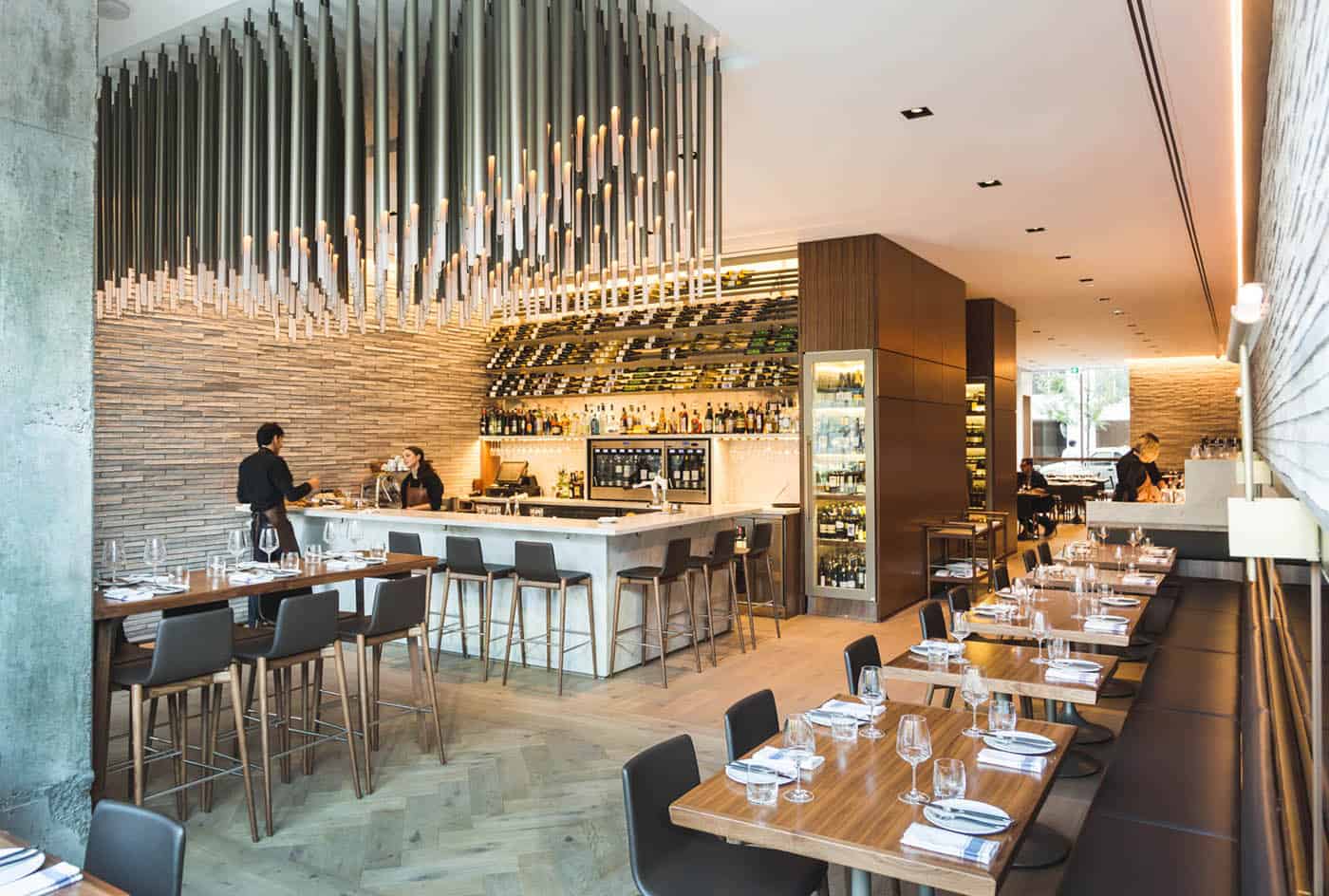
Our judges can’t get everywhere. Here’s a look at a few under the radar restaurants of notable culinary merit from 2018.
THERE ARE SOME places and restaurants that are so geographically isolated that you cannot even drive there, never mind park outside them, or convince a taxi or Uber driver to take you there. I speak of course of King Street West, a once-thriving thorough-fare in downtown Toronto that was recently annexed by the City of Toronto for the exclusive use of its lumbering, superannuated streetcar system.
You probably remember King Street West and its wonderful restaurants. It’s where Susur Lee once ran Susur, the first Toronto restaurant to ever make the cut for the World’s 50 Best Restaurants list. Across the street, you find the original Buca Osteria & Enoteca, whence Jamie Oliver once tweeted to his seven million-odd followers that he’d just enjoyed his best meal of the year. Places like this are struggling now behind a traffic barricade.
All the same, late in December I got wind that chef Rob Bragagnolo, whom I met nearly 20 years ago when he was working for Michelin-starred Marc Fosh, in Mallorca, had opened a new Spanish-themed place on King West near Spadina Avenue. So in early January, I hiked over through the unplowed slush to check it out.
King West was desolate and empty. No cars anywhere. And as everyone (save for Toronto City Council) knows that urban pedestrians loathe a vacuum, there were none of them around either. The situation was so dire that on that very afternoon Toronto Mayor John Tory—an obvious sophisticate—had held a press conference to announce a possible solution: shoring up the empty street with fire performers and ice sculptors.
Really.
Rob Bragagnolo’s Labora is very spacious for the locale’s diminishing needs. By day, the place functions as a Spanish food hall named Campo, with ready-to-eat plates lined up at the long takeaway counter. Come nighttime, the culinary equation is ramped up. That night, with my pick of tables, I opted for the bar in front of the open kitchen, settling in along the display of fish on ice: sea bream, molluscs, and—wait a moment—were those carabineros, the famed, deep-sea scarlet shrimp of Spain and Portugal?
They were. But first I had some pata negra accompanied by an unusually authentic tomato-topped pan de cristal (glass bread, named for its shattering crunch). There followed a bracing olive and anchovy gilda, and then I was into a platter of rubia gallega— cured, raw beef ribeye, sliced as thin as ham, drizzled with olive oil and scattered with pickled honey mushrooms and scads of Spanish black truffle. The carabineros, split lengthwise and cooked à la plancha, had the delicate texture and sweetness of spot prawns, at six times the size.
Other visits, other dishes: a salad of charred artichokes and blood orange segments, razor clams with garlic and chilies, raw seabream cured in coffee-infused olive oil, seared scallop topped with a disk of potato and crisp jamón, seared wagyu striploin with padrón peppers and crispy potatoes, a wagyu-topped fideuà. Wonderful stuff , all of it. Be sure to finish with the delightfully rich Marcona almond-topped orange-infused chocolate tart.
Elsewhere, in Ontario’s easy-to-drive-to rural wine country, a handful of our judges were excitedly fussed about The Restaurant at Pearl Morissette, which opened at François Morissette’s excellent Jordan winery in late November. By unusual arrangement, it was launched with a pair of co-chefs. Each is Ontario-raised and European-trained: Daniel Hadida, by way of Paris’s iconoclastic Le Châteaubriand and dazzling Septime; and Eric Robertson, who did time tat Belgium’s influential (but defunct) In de Wulf and then the associated De Vitrine. Their all-tasting menu is emphatically modern European, spare, minimalist and farm-product-driven. One judge was so overexcited by the charcoal-roasted celeriac with clams as to invoke comparison with Spain’s legendary Asador Etxebarri. I look forward to trying it out myself when the spring produce comes.
A few other restaurants caught my eye for garnering attention from astute judges, if not quite enough votes to merit inclusion on our list. One such surprise was Quebec City’s venerable Le Saint-Amour, founded 1978, a restaurant that looks its age but is clearly getting things right on the plate. Expect the sort of elevated French classics that are making a modest comeback nowadays: shell fish bisque, seared foie gras, ravioli of hare royale, sweetbreads with shrimp and salsify gnocchi. Such food is worth travelling to Quebec for; no one else makes it properly.
Further east, we have our eye on Fogo Island Inn, where after much deliberation founding chef Murray McDonald (long since resettled at Cluny Bistro in Toronto) has been replaced with another chef with a proven gift for posh hotel cookery. Jonathan Gushue did wonderful things over eight years at Langdon Hall, and he’ll undoubtedly have an impressive second act of haute cuisine here, back home in Newfoundland. Speaking of the province and its burgeoning new culinary strength, a number of judges recommend adding the Adelaide Oyster House to your list in St. John’s.
In Saskatoon, Odd Couple got high approval for its new take on Cantonese-influenced Canadiana. And in Vancouver’s Kitsilano district, a new Latin restaurant named Cacao was singled out by many a West Coaster in the know. We will be watching all of them— and we’ll be off-roading to King West as often as we can manage it, for as long as the fire performances revolve around Ibérico pork on the grill instead of on has-been circus performers spitting gasoline.
Photo courtesy Labora



